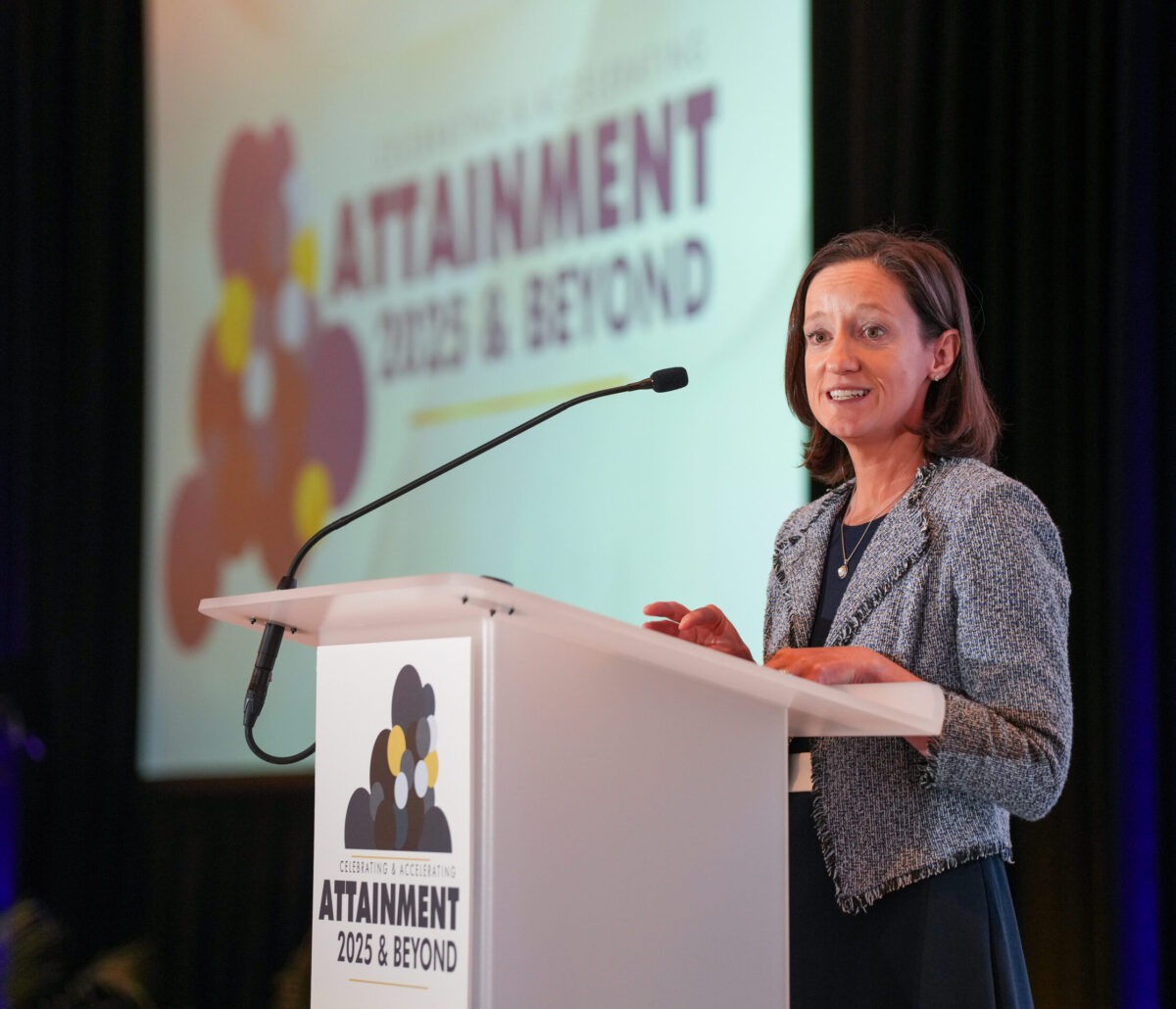How Net Price Calculators Can Better Serve Students
Published Oct 23, 2019


Secondly, some NPCs fail differentiate self-help financing (such as loans and student work) from gift aid (grants and scholarships.) With loans, either the award name doesn’t use the term ‘loan,’ or the loan amount gets lumped in with other forms of aid. Take, for instance, this University of California-Berkeley output (shown below) where $8,800 of student loans and work appear in the “Estimated Award” section.

The same output illustrates a third issue with NPC transparency. Many outputs fail to differentiate the varying sources of aid. In the example above, UC-Berkeley presents over $30,000 in aid without categorization. This stops students from knowing whether the institution, state, or federal government would be awarding the aid. Students might be left wondering whether the estimate already includes valuable federal aid like Pell Grants. For a low-income student especially, knowing where aid comes from (and what resources remain available) is critical for college financial planning.
NPCs have helped to provide students with better answers about the financial implications of attending a given institution, but it is clear that there remains room for improvement. The combination of unclear continued aid eligibility, hidden loans, and uncategorized aid can make NPC results less useful for a student. This reduces the ability of some students to make well-informed, long-term financial decisions when choosing which institution to attend and how to pay for it.
The Net Price Calculator Improvement Act (H.R. 1915/S.889) aims to address some of these issues. This bill requires comprehensive cost of attendance and financial aid estimates for both a single academic year and the full regular-time length of an academic program. It also requires that institutions break down all grants by category and source. Finally, the bill allows the Department of Education to begin developing a Universal Net Price Calculator to allow for one-stop price and aid comparisons across numerous institutions.
All of these proposed steps are in the right direction. Students should have access to standardized and clear data that allows them to compare their costs for higher education across institutions. Through better data representation and standardization, NPCs can serve as a tool to help all students to better navigate the college process.

For more information about how we can use data to better serve students, check out the Postsecondary Data Collaborative and follow us on Twitter to keep up with events, updates, and conversations.


